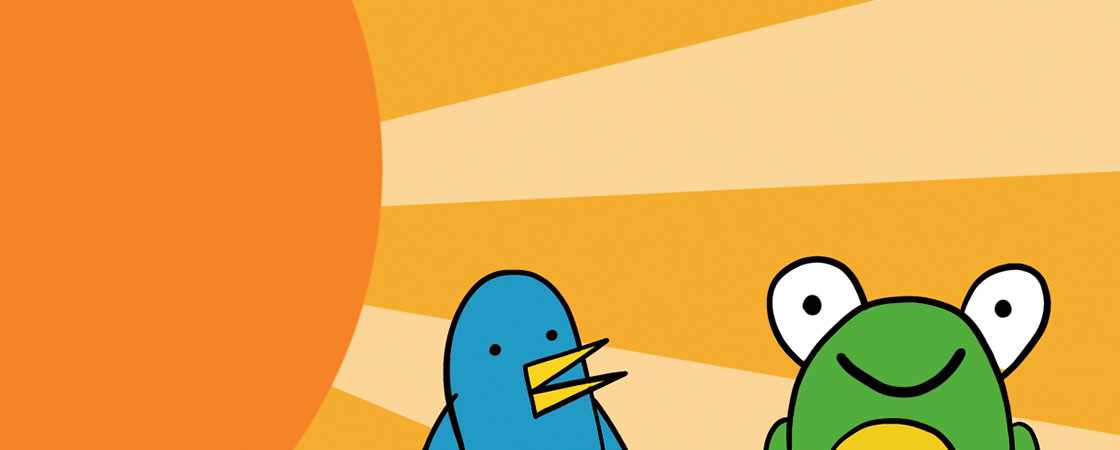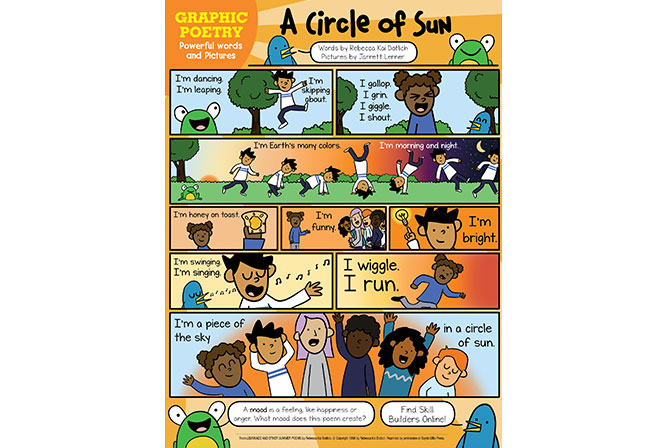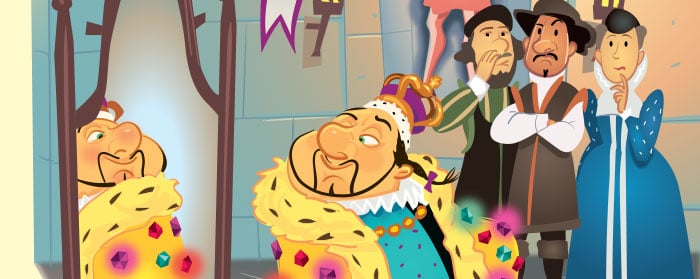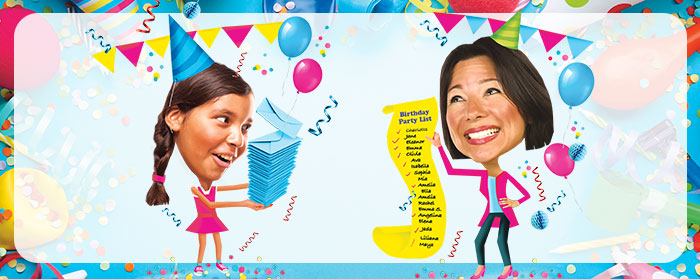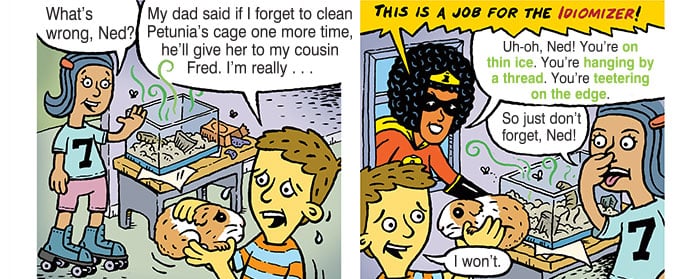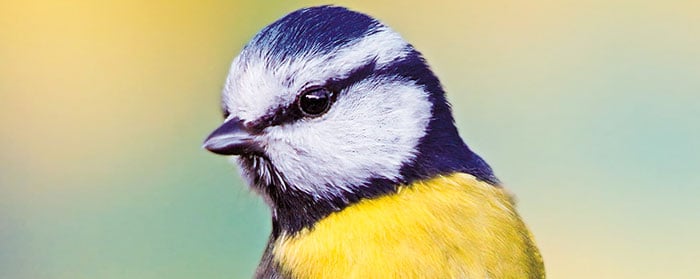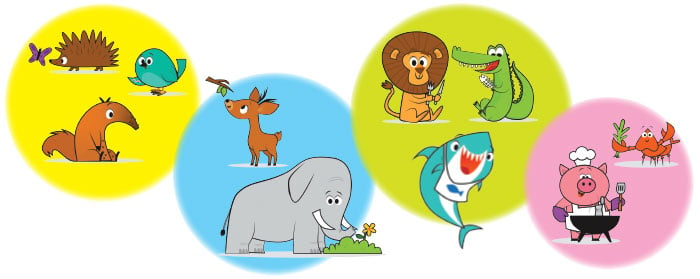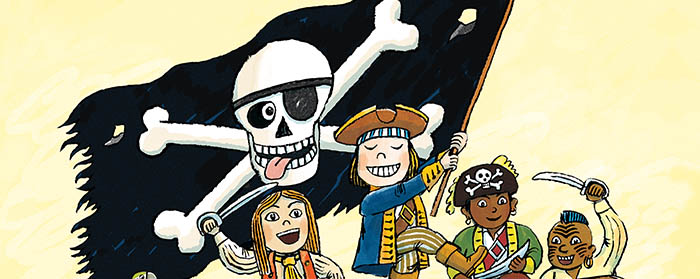I’m dancing.
I’m leaping.
I’m skipping about.
I gallop.
I grin.
I giggle.
I shout.
I’m Earth’s many colors.
I’m morning and night.
I’m honey on toast.
I’m funny.
I’m bright.
I’m swinging.
I’m singing
I wiggle.
I run.
I’m a piece of the sky in a circle of sun.

